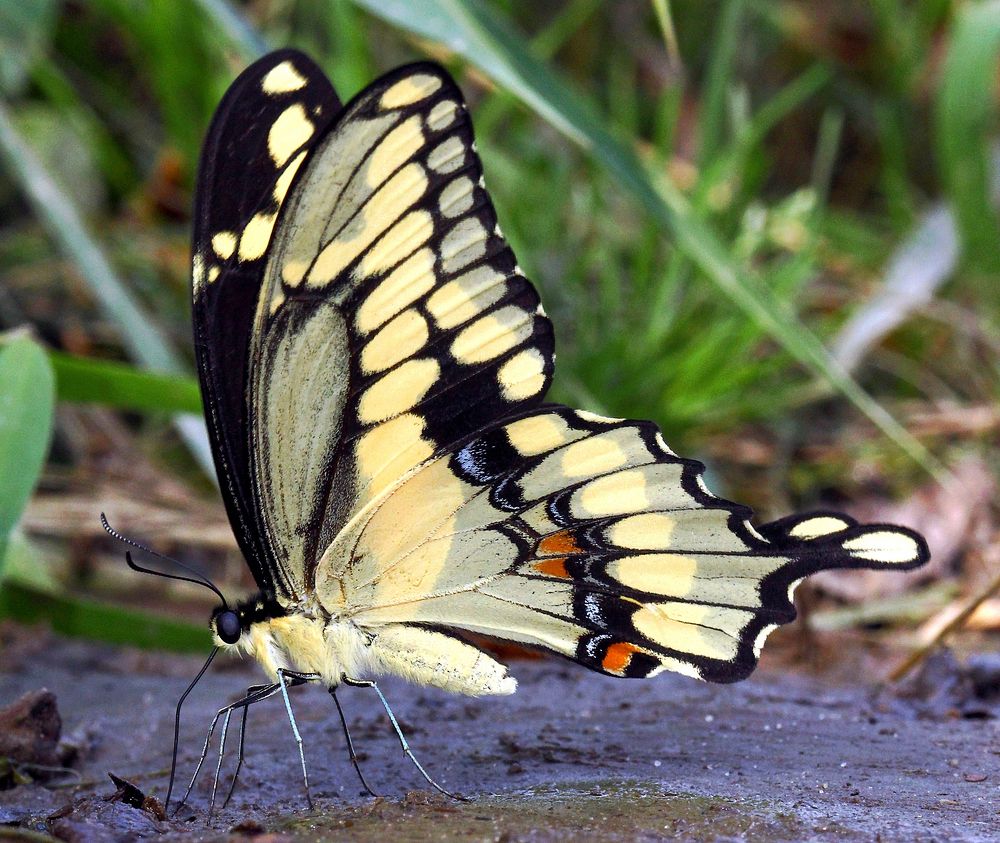
Today's Mass Extinction and Holocene-Anthropocene Thermal Maximum
Climate Change Hurts Butterflies, Too. Based on data collected between 1992 and 2010 by the Massachusetts Butterfly Club, the study shows that over the past 19 years, a warming climate has altered the state’s butterfly communities.
So while I may be seeing more subtropical and warm-climate butterfly species, such as the giant swallowtail and the zabulon skipper around my Massachusetts home, more than three-quarters of northerly species are in sharp decline. According to the study, those that over-winter as eggs or small larvae seem especially vulnerable to what has become a warmer, dryer climate with less snow cover. Greg Breed, lead author of the study and a postdoctoral fellow at the Harvard Forest in Petersham, recently told the Harvard Gazette:
“For most butterfly species, climate change seems to be a stronger change-agent than habitat loss. Protecting habitat remains a key management strategy, and that may help some butterfly species. However, for many others, habitat protection will not mitigate the impacts of warming.” The downside? Populations of species with mythological names like the atlantis and aphrodite fritillaries have declined nearly 90 percent in Massachusetts. Original public domain image from Flickr